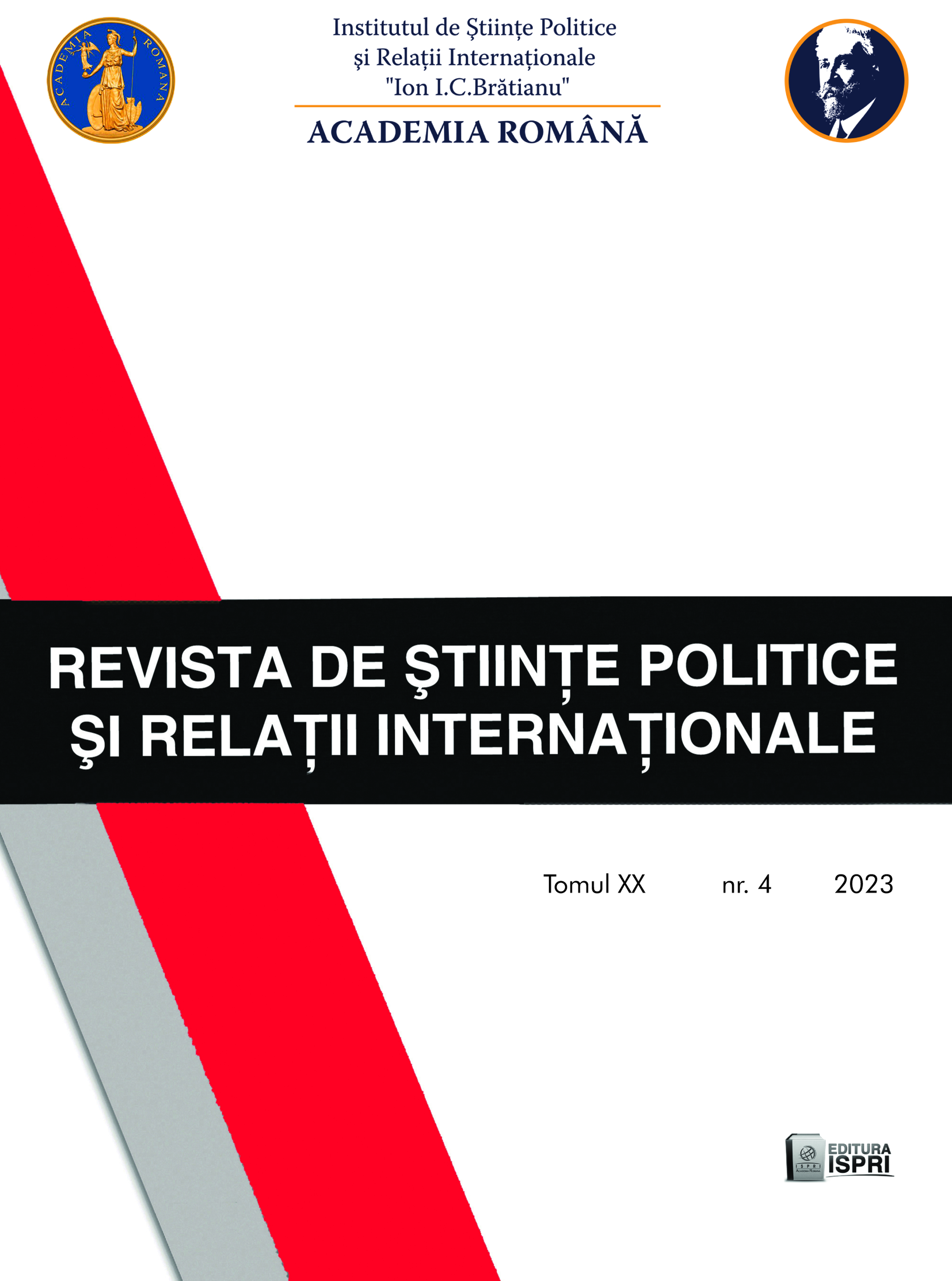
We kindly inform you that, as long as the subject affiliation of our 300.000+ articles is in progress, you might get unsufficient or no results on your third level or second level search. In this case, please broaden your search criteria.

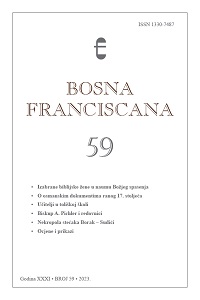
Znanstveno-istraživački tim na čelu s profesorom emeritusom, dr. Michaelom Ursinusom kojeg je angažirao Franjevački samostan Duha Svetoga u Fojnici, prije nekoliko godina pokrenuo je projekt sustavne obrade osmanskih dokumenata iz samostanskog arhiva. Projekt zamišljen da izvorno donese faksimil dokumenta, preslovi tekst na suvremeni turski alfabet i prevede na njemački i hrvatski jezik, do sada je objavio oko 300 dokumenata. Cilj i svrha ovoga rada je da se čitatelja upozna s problematikom čitanja i prevođenja ali i tumačenja i razumijevanja osmanskih dokumenata koji su neprocjenjivo kulturno-povijesno blago Bosne i Hercegovine; osobito za njezinu crk venu i franjevačku prošlost. A i stoga jer su svi ti dokumenti njihovo vlasništvo i krajnja instanca kojoj se obraćala osmanska administracija. U radu se također i prvi put u cijelosti objavljuje 30 „novootkrivenih“ do sad uglavnom nepoznatih dokumenata.
More...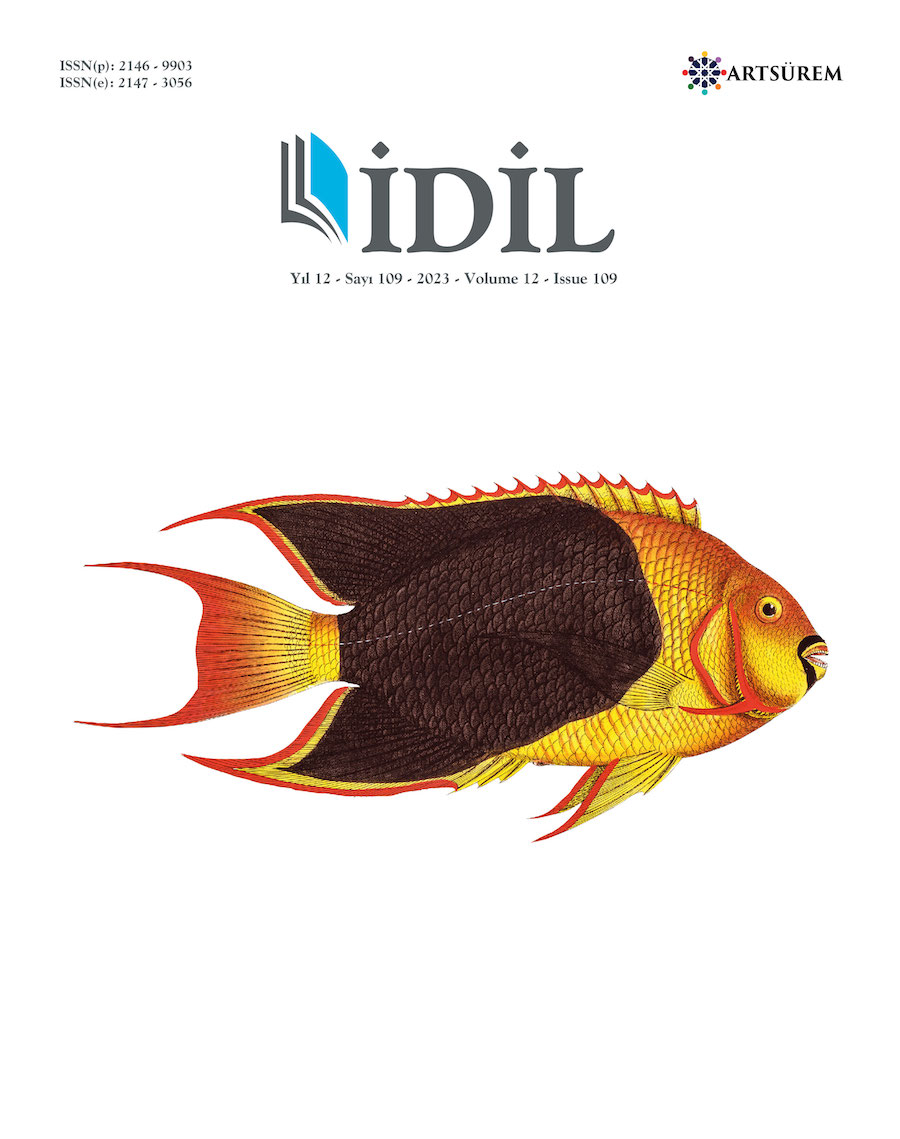
This article examines the political, social, economic, artistic and cultural developments in the Ottoman Empire during the Second Constitutional Monarchy. In general, Ottoman artists did not focus much on social and political issues in their work during this period, but artists such as Osman Hamdi Bey, Prince Abdülmecid Efendi, Fausto Zonaro, Hüseyin Avni Lifij, İbrahim Çallı, and Mehmet Ruhi Arel were not indifferent to the changes experienced. Artists were interested in the cultural, political, economic and social modernization experiences of the Ottoman rulers and society, but they did not depict these issues with a critical approach in their work. The aim of this research is to identify and interpret the reflections of political and sociocultural developments on works of art during the last years of the reign of Abdülhamid II and the Second Constitutional Monarchy period between 1908 and 1918 when the Committee of Union and Progress was in power. The research is a qualitative study described according to the literature review model. The works of art analyzed in the research are limited to artists and their paintings related to the political, social and cultural developments during Abdülhamid II and the Second Constitutional Monarchy.
More...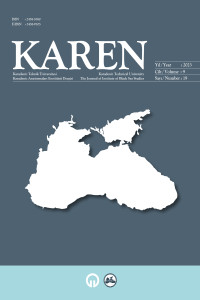
This study aims to examine the changes in the field of minority rights in Bulgaria after it gained the status of the European Union (EU) membership. It has argued that important developments in the field of minority rights have been experienced in Bulgaria after the EU membership and the EU has played a leading role in these changes. To investigate these phenomena, this study poses the following questions: How has the EU contributed to Bulgaria in the democratization and its progress on minority rights? What are the changes in minority rights in Bulgaria after EU membership and what role did the EU play in these changes? This study utilizes Europeanization and Rational Choice Institutionalism as its theoretical framework. Hence, it is aimed to contribute to the literature of Europeanization and Rational Choice Institutionalism in general, and to the EU-Bulgaria relations and the EU's role in the democratization of Bulgaria in particular.
More...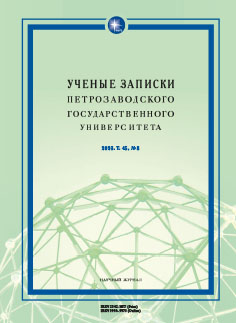
The article presents the specific features of the competitive election of professors in pre-revolutionary Russia reconstructed on the basis of studying the letters of a famous Russian legal scholar F. V. Taranovsky. Investigating this issue is directly related to the problem of restoring a complete picture of the academic culture of that time. This determines the relevance of the stated topic caused by ongoing changes of legal, socio-economic, historical and cultural nature. The study is based on the analysis of a set of written sources, including letters, telegrams, and postcards sent by Taranovsky to the Dean of the Faculty of Law of Yuryev University, V. E. Grabar, from December 1907 to September 1909. The work is based on the principles of historicism and the value approach, highlighting individual phenomena of the past that are of primary importance for the current stage of development of society as a whole and historical knowledge in particular. The biographical method was mainly used for studying and describing the procedure of the faculty election of a candidate for a vacant professorial chair with its inherent specificity determined by the legislation of the Russian Empire, the established rules for reviewing and discussing the candidates, as well as the personal characteristics of the elected and the electing ones. The presented material and the conclusions drawn from the obtained results are an important contribution to studying one of the important aspects of the academic cultural tradition in prerevolutionary Russia and an important complement to the known biographies of some early-twentieth-century Russian professors.
More...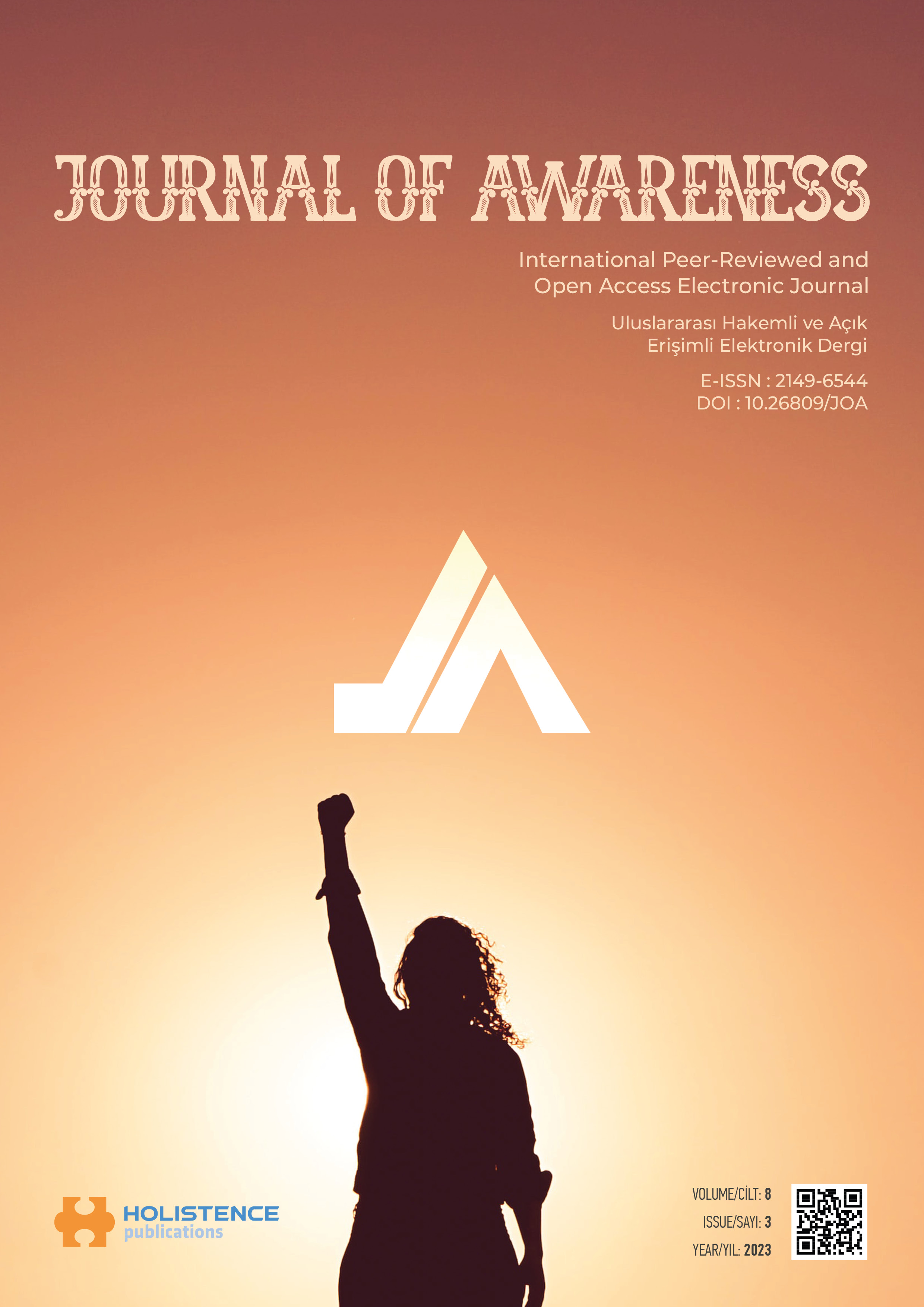
Populism which has emerged in different societies and at different historical times in world politics, is one of the pioneering political concepts that is also effective in Turkey, and has become a key concept in explaining Turkish politics. Populism came into existence in the Ottoman Empire during the Second Constitutional Monarchy period under the leadership of Ottoman intellectuals who were influenced by the Narodnik movements in Russia. Since then, populism has passed through certain stages and changes in Turkish politics, and has managed to reach the present day. Especially after the establishment of the Democratic Party, many aspects of populism, which succeeded in establishing close relations with right-wing parties, gained visibility in the pioneering leaders of Turkish politics and had variations of right and left populism. While right-wing populism has more symbolic ties with nationalism, history and religion, left-wing populism has been closely associated with concepts such as equality, freedom, and justice. In this article, the thesis that Ekrem İmamoğlu who won the mayorship of Istanbul Metropolitan Municipality in the local elections of March 31, 2019 in Turkey, has played an important role in this success by effectively and effectively using the basic codes of conservative, nationalist, right populism in addition to the Kemalist, secular, left populist codes he used. In this sense, both the Kemalist, secular, left-wing versions and the right-wing, conservative, nationalist versions of the populism used by Ekrem İmamoğlu during the election process have been tried to be revealed by utilizing the critical discourse analysis technique. Ekrem İmamoğlu effectively used the basic codes of left populism such as equality, freedom, and justice, and succeeded in gaining the support of Kemalist, secular and leftist voters. In addition, Ekrem İmamoğlu frequently made visible the historical, national, and religious values that the right, conservative, and nationalist segments attach importance to, both in his discourses and in his attitudes and behaviors in the public arena during the election. In this context, Ekrem İmamoğlu, using the conservative, nationalist, right-wing populist codes in Turkey effectively and functionally, received the support of those who are called both conservative and nationalist voters and who are historically distant from the Republican People’s Party. He played an effective role in the election of the Istanbul Metropolitan Municipality.
More...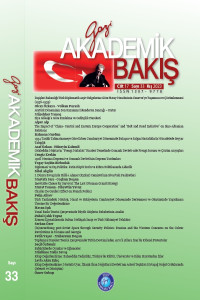
The end of WW II in 1945 did not usher in a new era of lasting peaceful environment but brought in confrontations between two opposite camps based on two different ideologies and value systems: One was US-led Western industrialized countries in favor of democratic systems; another was Soviet Union dominated Eastern Bloc countries upholding socialism. China and Albania belong to the latter camp, but split with the Soviet Union after the death of Joseph Stalin due to Nikita Khrushchev’s de-Stalinization stance. Subsequently, China and Albania forged an alliance against Soviet Union in 1950s until Albania fell out with China in 1978. Sino-Albanian Rapprochement was achieved in 1980s after the death of Enver Hoxha. Bilateral relations remained stable since and entered into a new phase symbolized by Chinese business engagement with the launch of China-Central and Eastern Europe Cooperation (China-CEEC) and “Belt and Road Initiative” (BRI). The aim of this study is to evaluate the impact of the Chinese new initiative to Sino-Albanian relations.
More...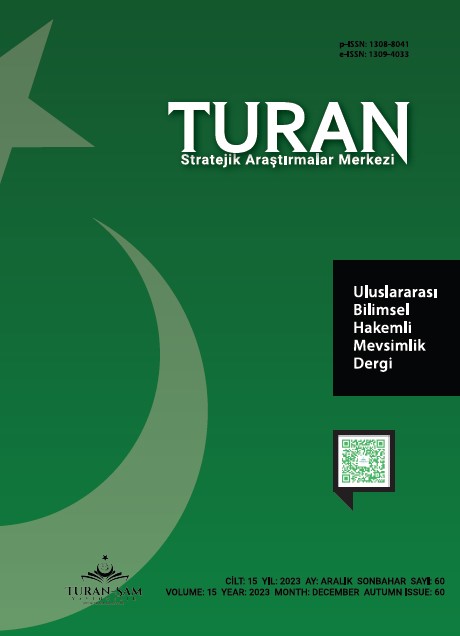
In a sense, the political history of Spain is considered as the arena of the power struggle of ethnically recognized nations against the central power. The Basques, whose ethnic difference is the most dominant in linguistic and cultural terms, have always been in a privileged position against any central power in Spain, thanks to the privileges called Foral rights that they brought from the Middle Ages onwards. This advocacy of rights, which has been accompanied by a strong sense of nationalism especially since the 19th century, has also led to the formation of separatist movements. The scope of this study is the development of nationalism in the Basque Country, which has always kept separatist claims on the agenda. The 1978 Constitution, although it could be a solution to ethnic problems by granting rights to regional self-governments, has been questioned for the future due to its legal flexibility that allows the increasing demands for autonomy of historical nationalities such as Basque Country and Catalonia to turn into secessionist referendums.
More...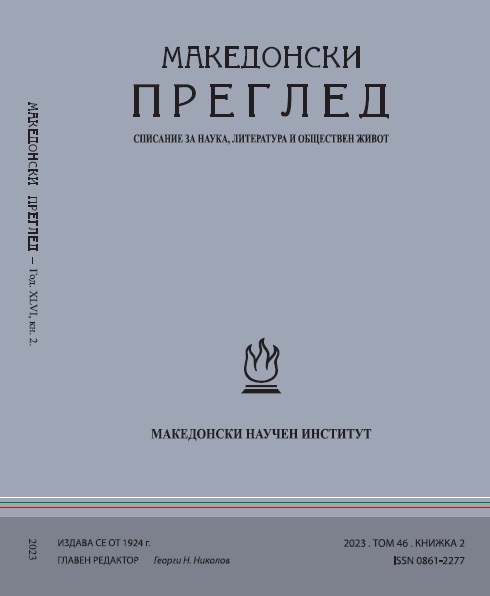
On 2 August 1944, in the monastery of St. Prohor Pšinjski Monasteryan Anti-Fascist Assembly for the People’s Liberation of Macedonia (ASNOM) was convened. This venue was tasked with the establishment of the future socialist Yugoslav Macedonian statehood. The new state formation was named Democratic Federal Macedonia, in line with the vision of Tito’s partisans for the reconstruction of Yugoslavia on socialist and federal principles. The following months were a dynamic period in the history of Yugoslav Macedonia, characteristic of which was the construction of the administrative infrastructure of NOO (People’s Liberation Committees) and NOF (People’s Liberation Front). The NOO’s served as organs of local administration whose powers were practically all-encompassing, whilst the primary functions of NOF were to be the main organizer of the various mobilization practices(mass gatherings, street actions, voluntary work, etc.) in the new state entity. The period of DF Macedonia (2 August 1944 – 31 January1946) covers the initial stage of constructing socialist social, political and economic relations in Yugoslav Macedonia – a process combinedwith the penetration of the Communist Party of Macedonia (and its continuations – the state-controlled organizations) in all levels of society.This paper claims that a distinctive synergy can be observed in the historical timeline of Democratic Federal Macedonia between the deployment of various mobilization practices and the establishment of the socialist Yugoslav Macedonian state and nationhood.
More...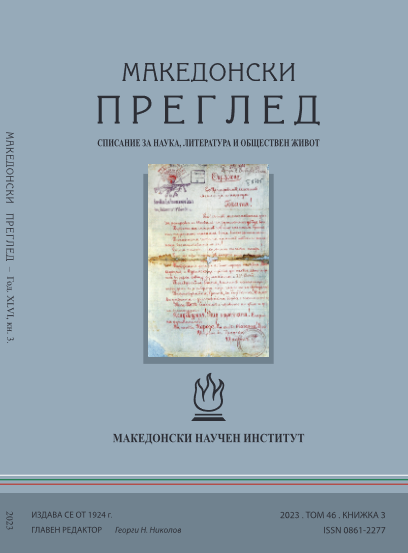
The Ilinden-Preobrazhenie Uprising of 1903 was an uprising of the Macedonian and Thracian Bulgarians in the European vilayets of the Ottoman Empire, supported by the free Bulgarians living in the Principality of Bulgaria. This fact, which is the shortest possible definition of the uprising, has been simultaneously and universally recognized– first of all, by the Ottoman authorities themselves, and together with them – by the jealous and hostile to the Bulgarian national cause Balkan neighbours, as well as by ‘big’ and ‘small’ countries, by international observers of different origins. The questioning of the Bulgarian character of the uprising started to gain momentum much later, with the blurring power of politics and geopolitics which intervened to create misconceptions. This way they turned over time until today into an artificially maintained problem in interstate relations. The Bulgarian Ilinden of 1903 and the revolutionary struggle in Macedonia and Adrianople Thrace in general prepared the Balkan War of 1912. The Macedonian-Adrianople liberation movement provided the Bulgarian national state with the historic chance to solve the all-Bulgarian question inherited from the Revival period: a task with which, unfortunately, the Bulgarian political elite failed to cope.
More...
The decisions of the Berlin Treaty stipulated that, upon the formation of the new Bulgarian state, the “leaders” of the nation would be convened to draft the Organic Statute of the country. In early 1879, they began their activity, and one of their tasks was to determine the form and method of electing the first Bulgarian ruler in accordance with the peace treaty. The choice was extremely important, because according to international law, this marked the beginning of the Principality’s self-government. It was decided that the special assembly for electing a prince would be composed only of representatives elected by the people, literally following the spirit of the Treaty of Berlin. Under the control of the Russian occupying power, 244 people’s representatives were elected, who were from different social groups. As with the composition of the assembly of notables, they represented the most prominent persons in a national and regional sense. On 17 April 1879, 241 of them accepted, with acclamations, Prince Alexander of Battenberg as the Bulgarian ruler, with which the independent functioning of the country and the construction of its constitutional institutions began after a 483-year break.
More...
When studying the history of the Civil War in the White South of Russia in 1919–1920, it is of great importance not only to introduce new historical sources into scientific circulation, but also to pay greater attention to sources that are less known and insufficiently studied. In particular, the diary entries of M. S. Margulies, an active participant of the White Movement in the South of Russia, contain very important and diverse information about the preparation and adoption of various military and political decisions by participants of the South Russian White Movement and by politicians of foreign countries, primarily Great Britain and France. A wide range of contacts allowed Margulies to get an idea of the degree of influence of certain politicians and the military on making certain decisions regarding the governments of the White South. Especially interesting is the information related to the period of the summer–autumn of 1920, when France officially recognized the government of General Wrangel and began to provide him with the necessary military, technical, diplomatic, and humanitarian assistance.
More...
This paper traces the changes that occurred in the structure and functioning of the Bulgarian lawyers’ community in the late 1940s and early 1950s. The changes in the regulatory framework, which was based on the Soviet model, testify to the gradual distancing of the legal profession from the idea of being free and independent (existing before 9 September 1944) and to its transformation into a profession controlled, planned, and directed by the state. An important feature of the process of reorganization of the lawyers’ community was its cleansing from persons politically inconvenient for the regime. Changes in the organization and activities of the lawyers’ community were an integral part of the process of building the totalitarian state. They were carried out under the leadership and direct control of the Bulgarian Communist Party.
More...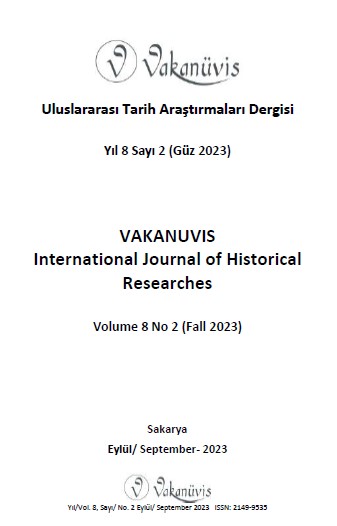
Ottoman Empire and France relations between the, which started in the 16th century on friendly terms, continued in an alternately positive and negative manner until the First World War. When it came to the War, France was on the opposite side with the Ottoman Empire. As the victor of the war, France subsequently occupied many regions in southern Anatolia, as per the secret sharing agreements made with Britain. Against the French occupation, the National Struggle was launched and battles were fought between Turkish and French troops. Due to its heavy losses in the National Struggle, the risk of losing its gains in Syria, as well as disagreements with its ally Britain, France sought reconciliation with the Ankara Government. Morever, throughout this process, the relations between the two countries were defined the developments during the Sevres, Mudanya and Lausanne Conferences. Eventually, many problems were resolved with the Treaty of Lausanne. Except for critical issues such as Hatay, a lasting peace was established between Türkiye and France. İn this article, Turkish-French relations from the Armistice of Mudros to the Treaty of Lausanne. Accordingly, the developments affecting the relations between the two countries between in the aforementioned process have been emphasized and analyzed comparatively. In the study, which has been prepared using qualitative research and analysis, the Parliamentary Minutes, Secret Session Minutes, and existing copyrighted and translated works have been utilized.
More...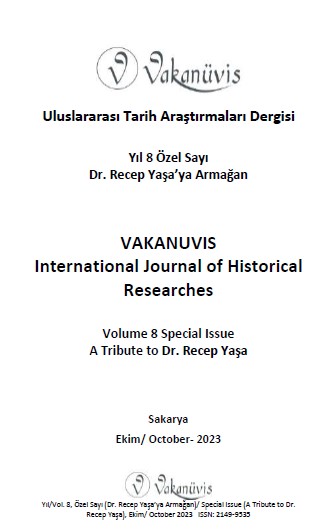
Sultan Vahdettin was the last representative of the Ottoman dynasty who assumed the sultanate in one of the last months of the First World War. He assumed responsibility not only for himself, but also for a six-hundred-century-old empire that was being defeated. The policy he would pursue and the decisions he would make would affect his fate and that of the country. The first decision was to wage a great struggle against all kinds of occupation by relying on the nation, and the second was to protect the sultanate and caliphate under the sovereignty of a powerful occupying state. The decision to be made was to wage a great struggle for independence by leading the nation with the responsibility imposed on him by history, with the heroic spirit he had received from his ancestors, against the Entente states, which he could not prevail against, even though he had the German Empire as an ally, and perhaps to lose the sultanate, or to gain the friendship of England, a great and powerful state, to enter its patronage and to protect all its gains. The subject is important in terms of illuminating the debates about Vahdettin in recent political circles. The study was prepared using British and Turkish archival documents. The aim of the study is to reveal the policy of Sultan Mehmet Vahdettin IV, the last Sultan of the Ottoman Empire, towards England after the Armistice of Mudros and its reasons.
More...
After World War II, NATO was established on April 4, 1949, with the participation of England, France, Belgium, Netherlands, Luxembourg, Norway, Denmark, Iceland, Portugal, Italy, USA and Canada as a military defense system to provide military deterrence against Soviet expansionism. NATO member countries signed the NATO Status of Forces Agreement (SOFA) on 19 June 1951 to determine the status of their military forces while stationed on each other’s territory. Turkey, which became a NATO member on February 18, 1952, accepted the NATO Status of Forces Agreement on March 10, 1954, and later the status of American military personnel in Turkey was determined within the framework of this agreement. This contract has been a factor in the rise of negative voices against the American military presence in Turkey, due to its structure that leaves the jurisdiction over the crimes committed by foreign military personnel to the laws of the sending country. The incident, in which the American military personnel on duty in Turkey, Lieutenant Colonel Allan L. Morrison, caused the death of a Turkish citizen while under the influence of alcohol in November 1959, was evaluated within the framework of the NATO Status of Forces Agreement and the lieutenant colonel escaped punishment under Turkish law.
More...
The Adilshahi Sultanate, a Turkish state established on the fertile Deccan Plateau in the central-southern region of India, holds significant importance in both Indian and Turkish history due to its political developments spanning over 200 years and its architectural contributions. Emerging from within this state due to a rebellion, the Maratha Empire, in the era of British hegemony in India, emerged as one of the foremost resistors against British rule. The Marathas, who lived dispersed within the Adilshahi Sultanate, organized themselves under the administrative approach of this state to establish their own dominion. Considering these aspects, it is crucial to comprehend the administrative structure of the Adilshahi Sultanate, recognize the significance of Hindu elements within this framework, observe the commitment of this Turkish state to Turkish culture, and understand how the Hindu population could organize within the framework of this state. The study also addresses the writings of contemporary sources from that period, as well as the works of modern historians who have examined relevant archive documents on the subject.
More...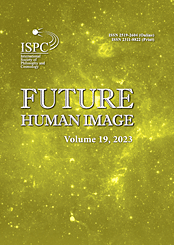
During the Cold War, there were two nuclear superpowers, the Soviet Union and the United States, who had their own allies. They divided the whole world into spheres of influence, and there was an indirect struggle for supremacy between them. Therefore, they started a nuclear race for supremacy. As a result of these policies, both superpowers have built up enormous stockpiles and capabilities of nuclear weapons. All this could destroy the earth several times. Like the nuclear weapons in their arsenal today. After the Cold War, a new geopolitical order was created in the world, dominated by the USA. However, this dominance did not last long, as new geopolitical players became active in the world in the form of Russia and China. They have their own geopolitical interests and a unique vision of the world. After the creation of nuclear weapons, nine nuclear states emerged in the world. As well as a number of states that want to possess nuclear weapons. Therefore, it is important to pursue a policy of nuclear deterrence to make the world safer. The presented article discusses the policy of nuclear deterrence and the existing difficulties in the post-Cold War period. The aim of the work is to discuss the nuclear deterrence policy and analyze the existing threats in the process of establishing a new world order.
More...
The war between Russia and Ukraine has been going on for the second year. Almost all types of war weapons are used in this confrontation, except for nuclear weapons. At the same time, Russia uses a component of hybrid warfare, bombing Ukrainian cities daily. Now, it is known that the heaviest battles are taking place in Bakhmut. One of the important issues in this regard is the cyberattacks both in the real space and in the virtual world. Different hacker groups are involved in this project both at local and international levels. The United States of America, NATO, the European Union and other leading countries are trying to help Ukraine, both in real and cyberspace. This cyber war is being monitored by international-level experts and organizations in order to find out who is fighting on whose side. Not only during wars, but also without conducting a conventional war, it is often difficult to detect where cyberattacks are launched. However, in this case, various hacker groups take this or that cyberattack upon themselves, That is, they admit that they are the authors of cyber-attacks and directly express their sympathy towards Russia or Ukraine. The presented article discusses the role of Anonymous Sudan and Killnet in the Russia-Ukraine war and the factors in cybersecurity policy. The aim of the paper is to show the importance and influence of cyber security in the Russian-Ukrainian war in modern wars.
More...
In the 21st century, following the process of globalization, the importance of the Internet is increasing, continuous remote communication is carried out, electronic purchases are made, payments are made in electronic form, and official and unofficial correspondence is exchanged between actors and institutions both within the country and abroad. Remote services are developing both in the private and public sectors. Therefore, Internet users, service recipients, legal entities, public agencies, and, in general, any citizen who communicates electronically in public space using remote services are under threats from cyberspace. However, it should also be noted that with the rise in popularity of the Internet, a new era of technological challenges are making the threats from cyberspace become apparent. Addressing these threats requires a comprehensive and multi-layered approach, including robust cybersecurity practices, regular updates and patching of software, user education and awareness, cooperation between governments and private sectors, and the development of international norms and agreements to prevent and respond to cyber threats. The technological progress of the world is so comprehensive that we face its consequences in all fields, including wars between states. No one is surprised anymore that today wars are taking place simultaneously in two dimensions – physical and digital worlds. Such is the daily life of two-sided military battalions of the twenty-first century, which became the focus of people’s attention after the start of the Russia-Ukraine war. The presented article discusses cyber attacks carried out by Russia on the territory of Ukraine as a result of the Russian-Ukrainian war. The aim of the paper is to show how important the issue of cyber security is in modern wars and what policies states should implement to neutralize threats from cyberspace.
More...